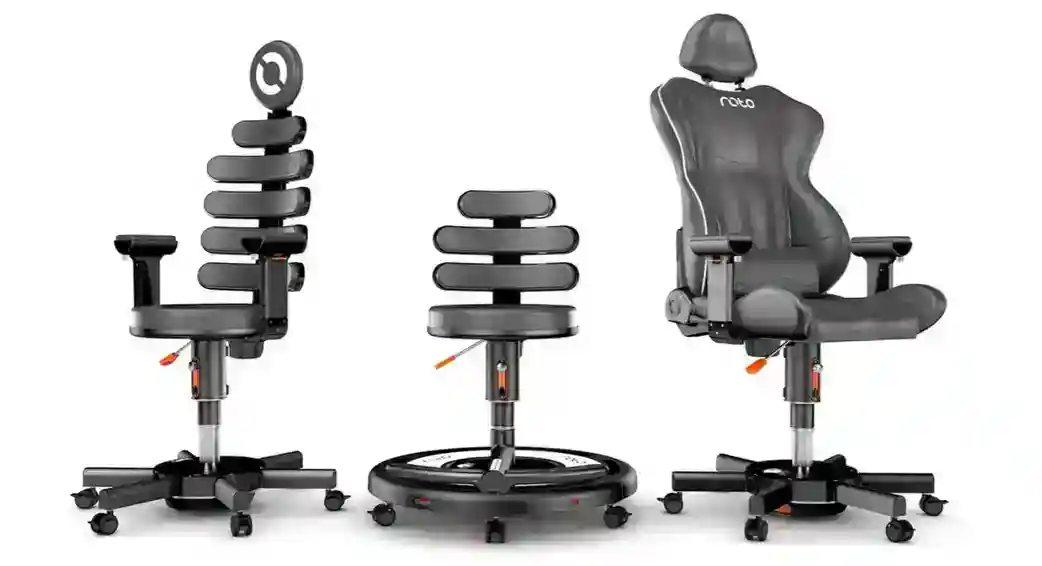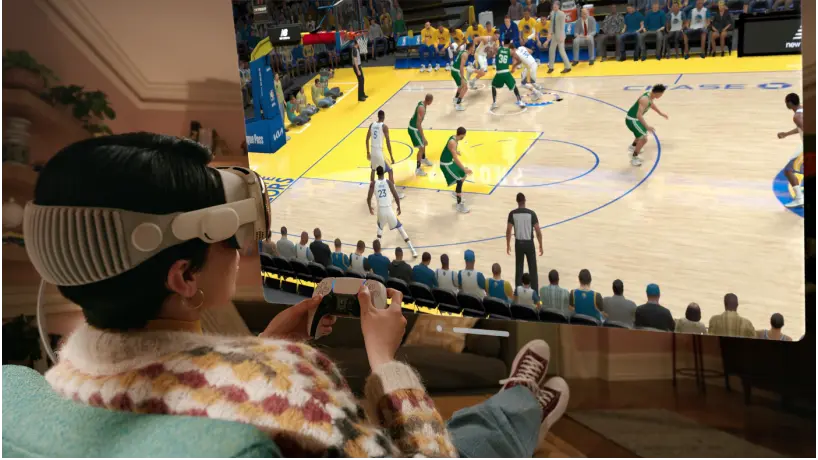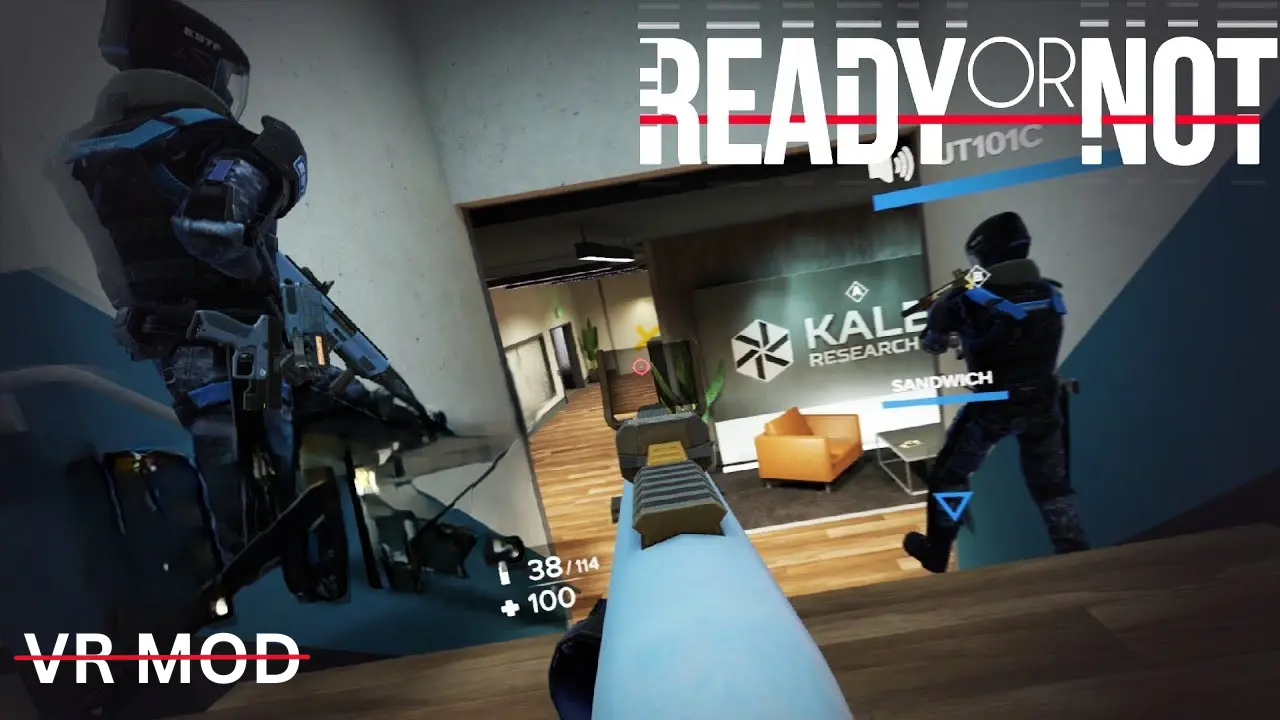Samsung’s Project Moohan is a highly anticipated entry into the mixed reality (XR) space, positioning itself as a direct competitor to Apple’s Vision Pro and Meta’s Quest series.

With the combined expertise of Samsung, Google, and Qualcomm, this headset has the potential to deliver a powerful and immersive experience. Samsung’s hardware innovation, Google’s new Android XR operating system, and Qualcomm’s cutting-edge Snapdragon XR2+ Gen 2 chipset could create a product that seamlessly integrates virtual and augmented reality. The Android XR ecosystem could allow for greater flexibility, app compatibility, and developer freedom, making XR technology more accessible to a wider audience.
Cutting-Edge Display and Visuals
One of the most exciting aspects of Project Moohan is its display technology. The rumored micro-OLED panels with a 3,840 × 3,552 resolution and 1,000 nits of brightness suggest that Samsung is prioritizing high visual fidelity. If these specs hold true, the headset could offer a crisper and more vibrant display than many of its competitors, making it ideal for gaming, media consumption, and productivity tasks. Furthermore, the inclusion of hand and eye tracking suggests an intuitive, controller-free experience, similar to Apple’s approach with the Vision Pro. If executed well, this could allow users to interact with virtual objects and environments more naturally, pushing the boundaries of spatial computing.
Development of a Strong XR Ecosystem
However, despite its promising hardware, Samsung’s biggest challenge lies in software and ecosystem development. While Apple has a clear vision for spatial computing and Meta has an established VR content library, Samsung’s XR strategy remains somewhat ambiguous. Will it focus on entertainment, productivity, or social interaction? The success of Project Moohan will depend heavily on app availability, developer support, and integration with existing Google services. If it fails to offer compelling use cases and a rich content library at launch, it risks becoming another technological novelty rather than a mainstream success.
Moohan Balancing the Battery Life and its Price?
Another key concern is battery life and pricing. Reports suggest that Project Moohan may rely on an external battery pack, similar to Apple’s Vision Pro, which could limit mobility and usability. If the battery only lasts two to three hours, it may not be sufficient for extended work sessions or gaming. Additionally, while Samsung is expected to undercut Apple’s $3,500 price point, the headset still needs to strike the right balance between affordability and premium features. A price too high could alienate consumers, while a lower price without competitive features could struggle against the more affordable Meta Quest 3.
Authors Corner
Project Moohan has the potential to be a groundbreaking XR headset, especially if it delivers high-end hardware at a more accessible price than Apple’s Vision Pro. Its open Android XR ecosystem could allow for greater innovation and broader adoption, differentiating it from Apple’s more restrictive approach. However, its long-term success will depend on how well Samsung and Google execute their software strategy, developer support, and content ecosystem. If they can overcome these hurdles, Project Moohan could become the most compelling Android-based XR headset to date—but if not, it may struggle against the more established competition from Apple and Meta.
Also Read:- Virtual Reality Gaming Market to Grow More Ranging from 21.6% to 32.70%








2 thoughts on “Samsung’s Project Moohan: A game-Changer in Mixed Reality and a Challange to Apple and Meta?”